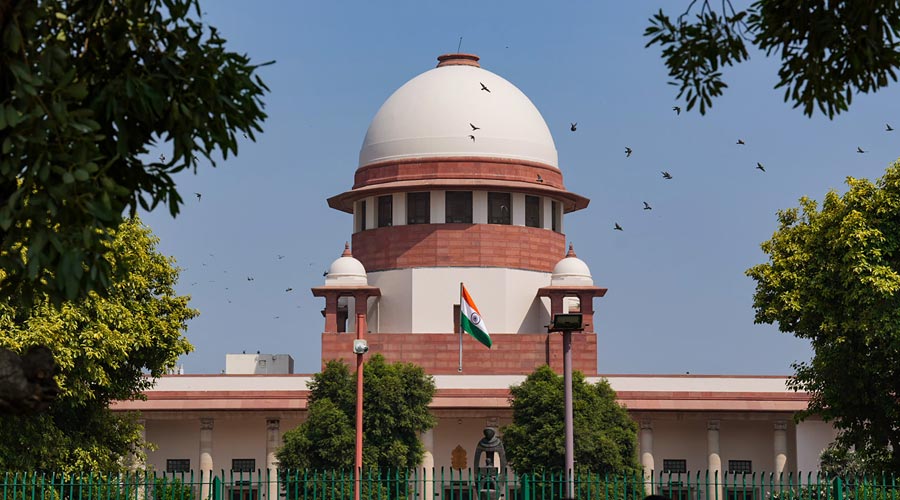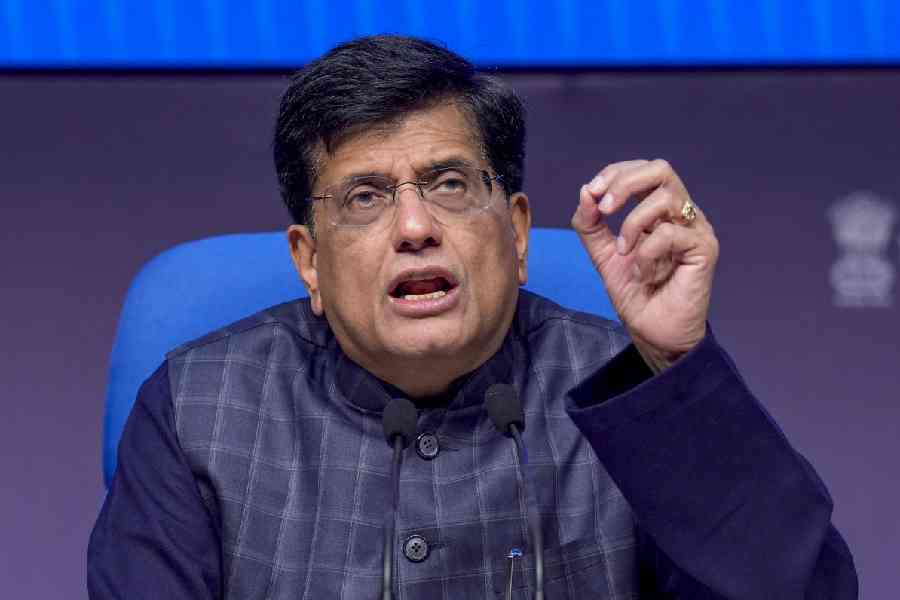Forced conversion is doubtless unacceptable. Among other wrongs, it interferes with a citizen’s freedom of conscience, as the Supreme Court pointed out, and that is linked to the constitutionally-endowed freedom of religion. Responding to the plea of an advocate and a Bharatiya Janata Party leader, the Supreme Court reportedly expressed its concern regarding forced religious conversion, calling it a “very serious” matter. Such conversion is deceitful, using intimidation or allurement such as gifts and monetary benefits. As this infringes on another’s right to freedom of worship, it is deemed unlawful in many states. Although hostility to conversion existed earlier chiefly with regard to Christianity, anti-conversion laws are now being introduced against forced conversion to the largest minority religion, although churches — recently in Punjab and traditionally in the Northeast — remain foci of suspicion. Anti-conversion laws — Uttar Pradesh’s and Karnataka’s for example — seek to include interfaith marriage under coercion.
The government’s concern regarding forcible conversion is puzzling. The plea to the court represents it as rampant, yet the hard evidence for it is barely discernible. In UP, 108 cases were registered in the first year after the promulgation of the anti-conversion law of which final reports could be made only for 11 because of lack of evidence. Absence of data means that answers to two simple questions — how many people are being forcibly converted and how is forcible conversion affecting the size of religious groups — remain elusive. A study by the PEW Research Centre shows that conversion rates are low because religious groups in India are stable in their sense of identity. Changing religions has little impact on group size. For Hindus, any departure from the group is matched by entries into it. This refers to ‘lawful’ conversion; the unchanging size of the groups is an indirect indicator of the mysteriousness of rampant forced conversions. Besides, who decides that a conversion is ‘forced’? In the discourse about conversion, it is assumed that those converting have neither agency nor understanding being, often, women or members of the scheduled castes or scheduled tribes. Transparency is the least that the people can ask of the government. There is, so far, no transparency, no available data, with regard to forcible conversion.











